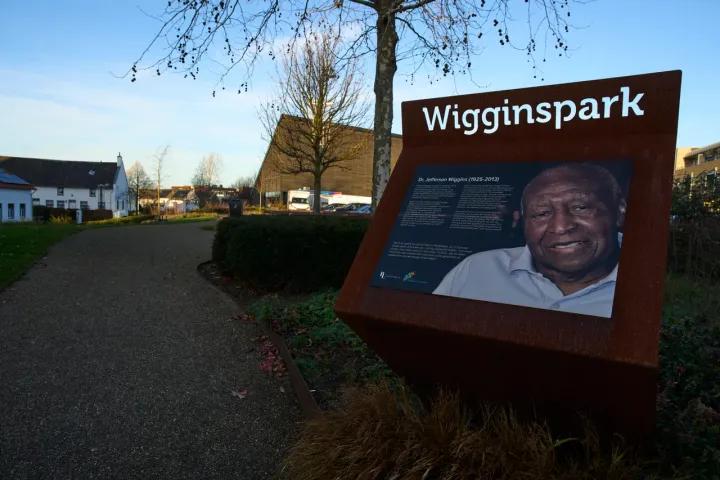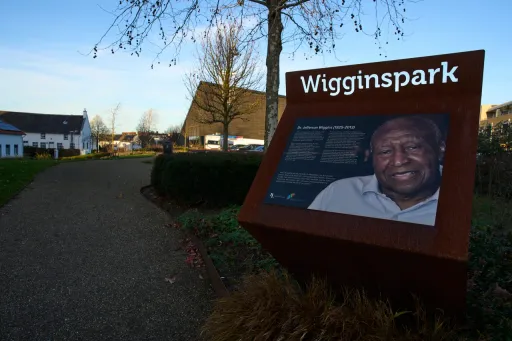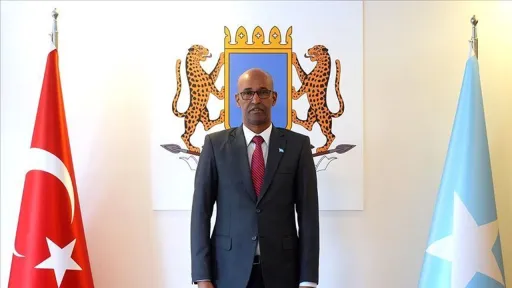By Charles Mgbolu
About 1,000 kilometers from the coast of Senegal’s Petite Côte in Western Africa lies an uninhabited island paradise, filled with volcano outcrops, scenic beaches, and exotic wildlife but with a scorching and arid landscape devoid of human activity.
Until the 1990s, the island of Santa Luzia in Cabo Verde or Cape Verde was inhabited and used to raise livestock. But the barrenness of the land soon forced more and more people to leave
The Santa Luzia island is part of the archipelago of Cabo Verde, located between São Nicolau and São Vicente islands - off the coast of West Africa.
Cabo Verde consists of ten volcanic islands with a combined land area of about 4,000 square kilometers.
Santa Luzia is the only uninhabited island in the semi-circle island ring. It’s a breath-taking place, but only a few brave tourists dare visit it.
Clear blue water ripples beautifully white as it bathes the beach shore, and above in the horizon are the jagged tips of grey rolling mountains that disappear in the low hanging mists.
The island stretches roughly 34.2 km and wears its look like a chameleon - changing its landscape to adapt to an erratic environment: lush and green when it rains in September but patched and barren for most of the year when there is usually no rainfall.
Tourist attraction
Santiago, Fogo, Maio, Brava, Boa Vista, Sal, São Vicente, Santo Antão and São Nicolau are the nine other islands with a combined population of nearly 600 000 as at 2021, according to official census figures.
In January alone, Cabo Verde saw over 300,000 visitors flock to the nine islands. Despite the impact of Covid-19, Cape Verde generated around $169.00 million in 2020 from the tourism sector, according to World Data Info.
Biosfera is a group of volunteers working to clean up the island and take care of its diverse animal species.
‘’Santa Luzia has a fragile ecosystem that needs to be protected. It may be uninhabited, but we have volunteers who work in difficult situations with no fresh water, no heating system and completely cut-off from communication," Biosfera says on their website.
However, fishermen from the nearby islands of São Vicente and Santo Antão fish in the waters around the uninhabited island.
Administratively, Santa Luzia is not part of any municipality. But is is controlled by the national government of Cape Verde.
In 1990, the islands of Santa Luzia, Ilhéu Branco, and Ilhéu Raso were declared protected areas. Santa Luzia is on the tentative list of UNESCO's World Heritage Sites.
























